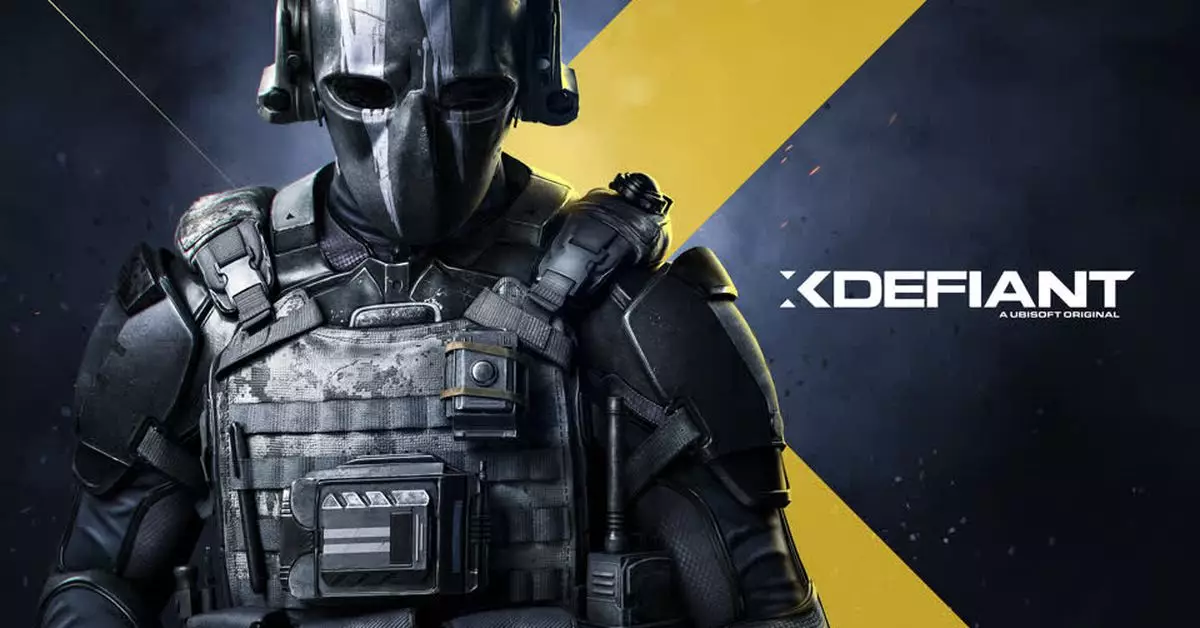In the world of gaming, high expectations can often culminate in disappointment when ambitious projects fail to deliver lasting engagement. Ubisoft’s free-to-play team-based shooter, XDefiant, serves as a stark reminder of this phenomenon. Officially launched in Spring 2023, it quickly garnered attention, boasting over 10 million players in its first two weeks. However, just a few months later, the company announced plans to sunset the game, ending development and shutting down servers by June of the following year. This rapid descent from a promising launch to an unexpected closure reveals critical lessons about market dynamics and player retention.
The Illusion of Success
At first glance, XDefiant appeared to be a success story. During its closed beta, it attracted more than a million players, and upon launch, the player count soared. Ubisoft credited its initial performance to strong acquisition strategies and impressive average revenue per session. However, these numbers masked underlying issues with player retention and overall engagement. While an influx of players is promising, sustaining their interest often proves more challenging—and, crucially—more telling of a game’s long-term viability.
As word spread initially about XDefiant’s impressive numbers, expectations continued to grow. Yet, this pressure also highlighted the deficiencies inherently present in the game. By fall 2023, rumors about troubling player counts emerged, with reports indicating that concurrent players had plummeted below 20,000. Such a sharp decline begs crucial questions: What were the factors leading to this dramatic turnover? How did user experience and satisfaction fluctuate once the initial novelty wore off? Obviously, the competitive landscape of online shooters is extremely crowded, and even great games can struggle to maintain longevity.
In response to its impending closure, Ubisoft established a plan to mitigate player dissatisfaction, particularly for those who invested financially. The company confirmed that existing players who joined before December 2024 would continue to enjoy the game until mid-2025. Additionally, it promised to refund purchases made in the weeks leading to the announcement. While these actions might soothe some disgruntled fans, they cannot erase the disappointment that echoes throughout the gaming community. It raises essential conversations about how developers can ensure sustainability in an ever-evolving market.
XDefiant’s closing chapter serves as a cautionary tale in the realm of video game development. The journey from launch to shutdown encapsulates the volatility that can ensue when high expectations collide with market realities. For future endeavors, developers must ensure that they not only attract players but also sustain their engagement through quality content and community interaction. Whether this lesson resonates with Ubisoft and other gaming studios remains to be seen, but one thing is clear: in the gaming industry, first impressions matter, but lasting relationships keep players coming back.

